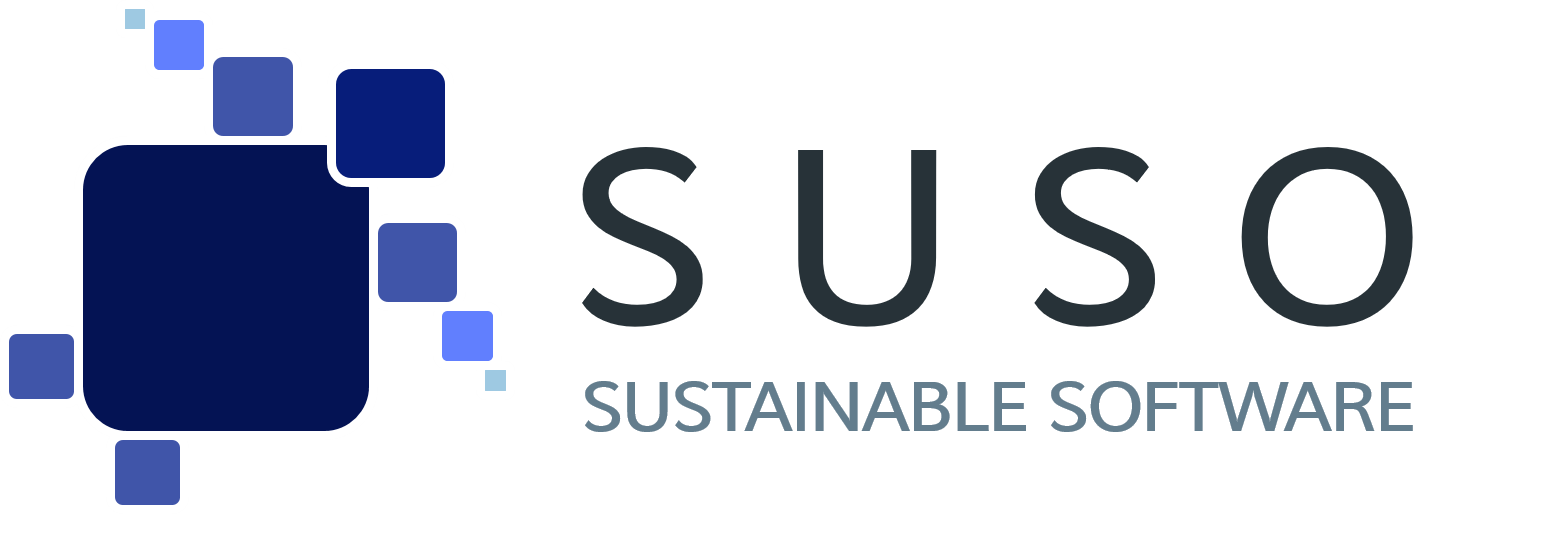From Bits and Bytes to Sustainability: How software developers can do their part through Green Coding
With increasing digitization and automation, software business is one of the most important industries in terms of job creation and strengthening the economy. But this growth often comes at the expense of the environment. IT is one of the industries that consumes the most energy. It is one of the largest sources of greenhouse gas emissions.
To meet this challenge, it is becoming increasingly important for software practitioners to address sustainability. The concept of sustainability includes not only environmental aspects but also social and economic aspects. It is based on the so-called triple bottom line model, which comprises three pillars: Social, Environmental, and Economic. Accordingly, sustainability means that industry or company not only strives for economic success but also assumes social and ecological responsibility.
For software companies, this means that they should not only pay attention to the efficiency of their applications.B ut also to their impact on the environment and society. The point is to consider ecological, social, and economic factors equally. And to reflect on the impact of one’s own work on the triple bottom line.
The IT industry has a significant impact on the environment
It is estimated that the IT industry is responsible for around 2% of global CO2 emissions. That is roughly equivalent to air traffic emissions. Additionally, the power requirements of the IT industry have increased exponentially in recent years. As more and more devices and applications are put into operation. The trend toward cloud computing and data centers has also contributed to a significant increase in energy consumption.
Another problem is the IT industry’s high consumption of resources. The manufacture of computers, smartphones, and other devices requires the use of raw materials such as metals and plastics. These are often mined under poor working conditions. The disposal of electronic devices is also a problem: they are often not recycled properly and lead to environmental pollution.
To meet these challenges, sustainable solutions are needed in the IT industry. This already starts with the development of applications. Here, efficient programming, the use of renewable energies and the consideration of ecological factors in the development of applications can help to reduce energy consumption and CO2 emissions. The use of recycled materials in the manufacture of equipment and the improvement of the recycling infrastructure are also important factors in reducing the IT industry’s resource consumption.
Therefore, it is important that software practitioners are aware of these challenges and educate themselves on sustainability. By expanding their knowledge and skills, they can help develop more sustainable solutions. They can make the IT industry as a whole more environmentally friendly.
Use our tools for sustainable software
Green Coding for sustainable software development
The term “Green Coding” incorporates environmental aspects into the software development process. The goal of Green Coding is to develop sustainable software that is more efficient and conserves resources. Thus consuming less energy and emitting less CO2. However, Green Coding does not only refer to the programming itself, but to the entire development process, including the design, implementation, and maintenance of applications. It is about integrating energy efficiency, resource optimization, and environmentally friendly practices into the development process.
Examples: Green coding is the use of efficient algorithms that require less computing power and thus less energy. Another possibility is to optimize the energy efficiency of applications by reducing the power of processors. Green coding also involves the use of renewable energy in data centers. Data centers require large amounts of energy to run and cool servers and network devices. By using renewable energies such as solar or wind power, data centers can reduce their carbon footprint and contribute to the energy transition.
Green coding as a competitive advantage
Sustainability can has become an important factor in purchasing decisions, and more and more consumers prefer sustainable products and services. It can help …
- reduce costs by using resources more efficiently, which can lead to higher profit margins,
- attract and retain talent by increasing employee motivation and creating an attractive work environment,
- strengthen relationships with customers and business partners and open up new business opportunities by positioning itself as a responsible and innovative company,
- improve the company’s image, which can lead to higher brand awareness and loyalty.
Green Coding: Education opportunities for software practitioners
In order to promote sustainable software development, it is important that software companies expand their knowledge. There are various training opportunities that software practitioners can take advantage of to deepen their knowledge and improve their skills in relation to sustainable software development. One option is eLearning courses that are specifically focused on sustainable software development. These courses can be offered by a variety of providers and typically teach theoretical principles. In addition, software practitioners can also attend conferences and workshops to learn about the latest developments in sustainable software development and share experiences. These events can be a great opportunity to network with other experts and gather new ideas.
We look forward to accompanying you on your way to sustainable software development!
You are a software practitioner looking for ways to improve your knowledge and skills related to sustainable software development? We recommend our eLearning program that not only teaches you theoretical basics. It also provides you with practical examples and best practices for sustainable software development. Click here to learn more.





